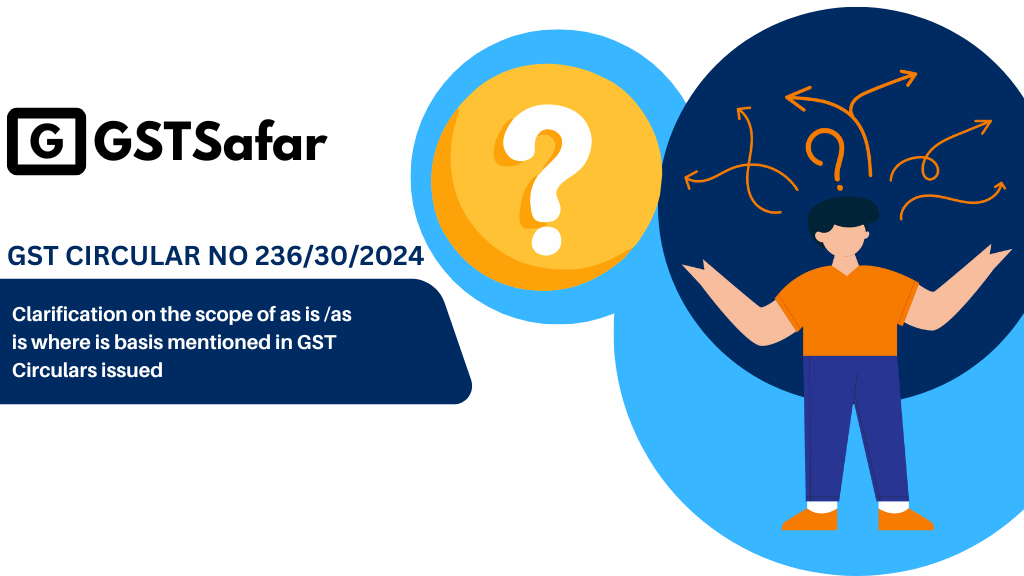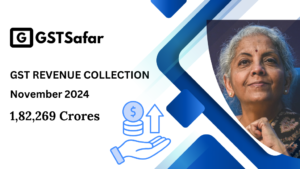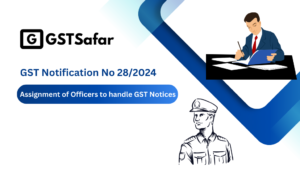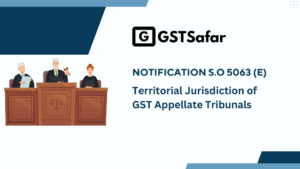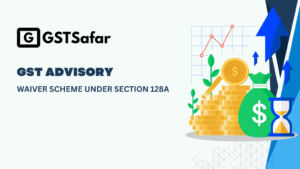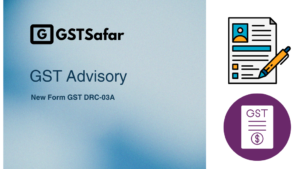Clarification on the scope of as is /as is where is basis mentioned in GST Circulars issued
- The circular is issued for Clarification on the scope of as is /as is where is basis mentioned in GST Circulars issued recommended in GST Council meeting. Various GST circulars have been issued to remove the doubts by explaining which tax rates apply to specific goods or services. The GST Council has decided to issue clarification on the scope of as is /as is where is basis mentioned in GST Circulars issued on 09-09-2024 in the 54th GST Council meeting. The Goal of the circular is to explain that when something is said to be on as is or as is where is basis it means that the item or service is dealt with exactly as it exists, without any changes or adjustments. The circular clarifies that if the business paid a higher GST rate during the period of confusion, no refund will be entitled to that. it means no refund for such an extra amount paid even if others paid less.
- The word as is or as is where is usually used when the property is sold in its current condition with all its flaws, the buyer accepts the property as it is with no changes or repairs. it means that if tax payer paid GST at lower rate or claimed an exemption in past, that payment will be accepted as final. However, if some one paid GST at a higher rate, they will not get refund for the extra amount they paid. The GST council ‘s intention is to consider the lower rate of tax as the full payment of tax liability. This tax position is based on the returns that tax payers filed, where they declared the tax rate or claimed an exemption for their transactions or supplies.
The above situation is clarified with below simple 3 illustrations:
- Illustration 1:
In a situation where certain tax payers have paid 5% GST on supply of “X”, while some have paid 12% and the GST Council recommends to reduce the rate to 5% prospectively and regularize the past on “as is where is basis” which is notified on 1.12.2023, this means that for the period prior to 1.12.2023, the 5% GST paid by tax payer will be treated as tax fully paid and they would not be required to pay duty differential of 7% between 5% and 12%. For those tax payers who have paid 12% GST, no refund would be allowed. - Illustration 2:
In a situation where certain tax payers have paid 5% GST on supply of “X” while some have paid nil duty due to the genuine doubt that there was an exemption entry for “X”, and the GST Council recommends to clarify that the applicable rate is 5% and to regularize the past on “as is where is basis”, in view of prevailing genuine doubts, which is notified on 1.12.2023, this means that for the period prior to 1.12.2023, nonpayment of GST and declaring such transactions as exempted supply in their return by the tax payer will be treated as full discharge of tax liability and they would not be required to pay duty differential of 5 % between Nil and 5%. For those tax payers who have paid 5%, no refund would be made - Illustration 3:
In a situation where the interpretational issue is between 5% and 12% rates and some taxpayers have paid 5 % , others have paid 12% while certain tax payers have not paid GST on supply of “X”, and the GST Council recommends to clarify that the applicable rate is 12% and regularize the past on “as is where is basis” which is notified on 1.12.2023, this means that for the period prior to 1.12.2023, the 5% GST paid by tax payer will be treated as tax fully paid and they would not be required to pay duty differential between 5% and 12% . For those tax payers who have paid 12%, no refund would be made. However, the regularization would not apply to situations where no tax has been paid. In such cases, the applicable tax i.e. 12% shall be recovered.
